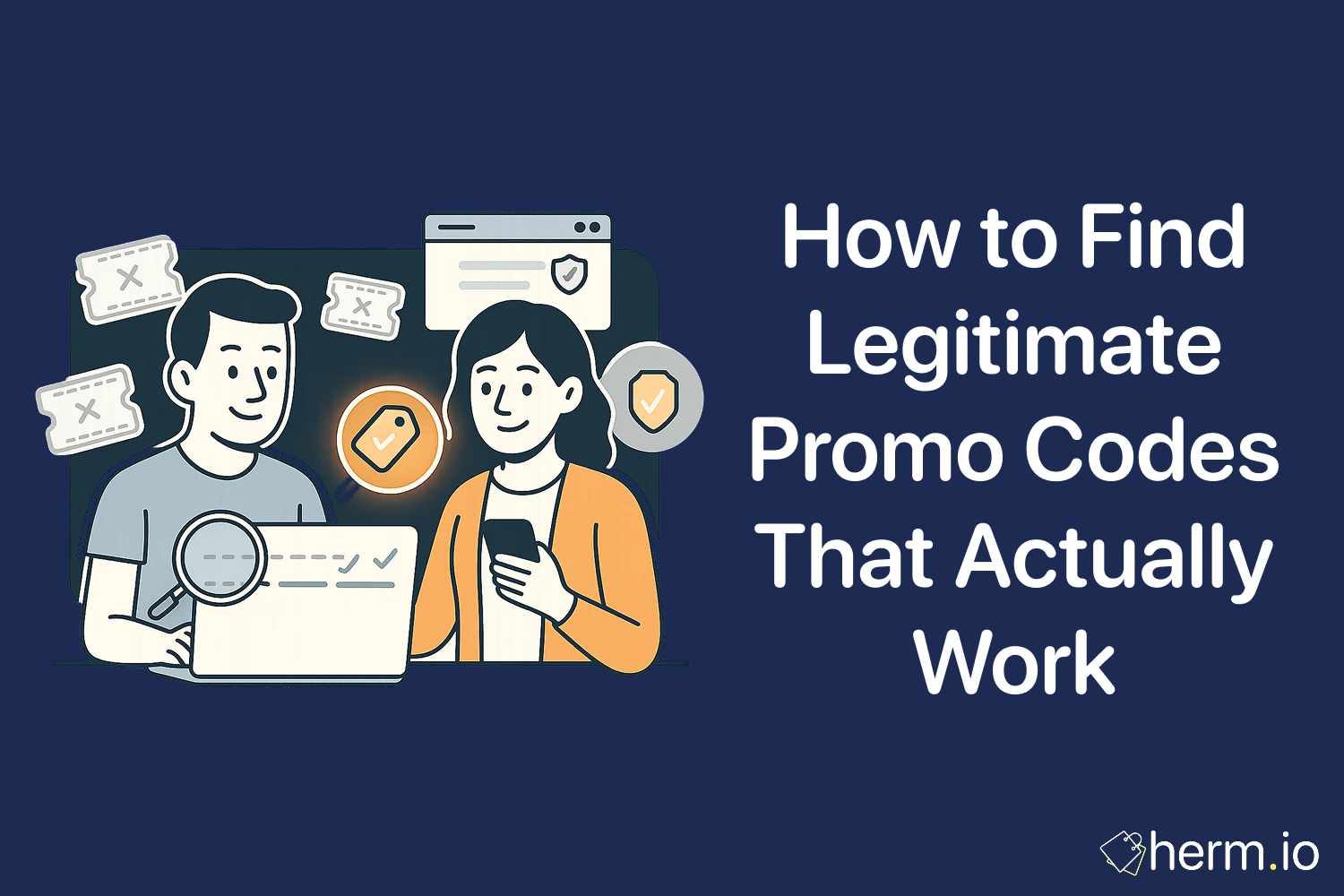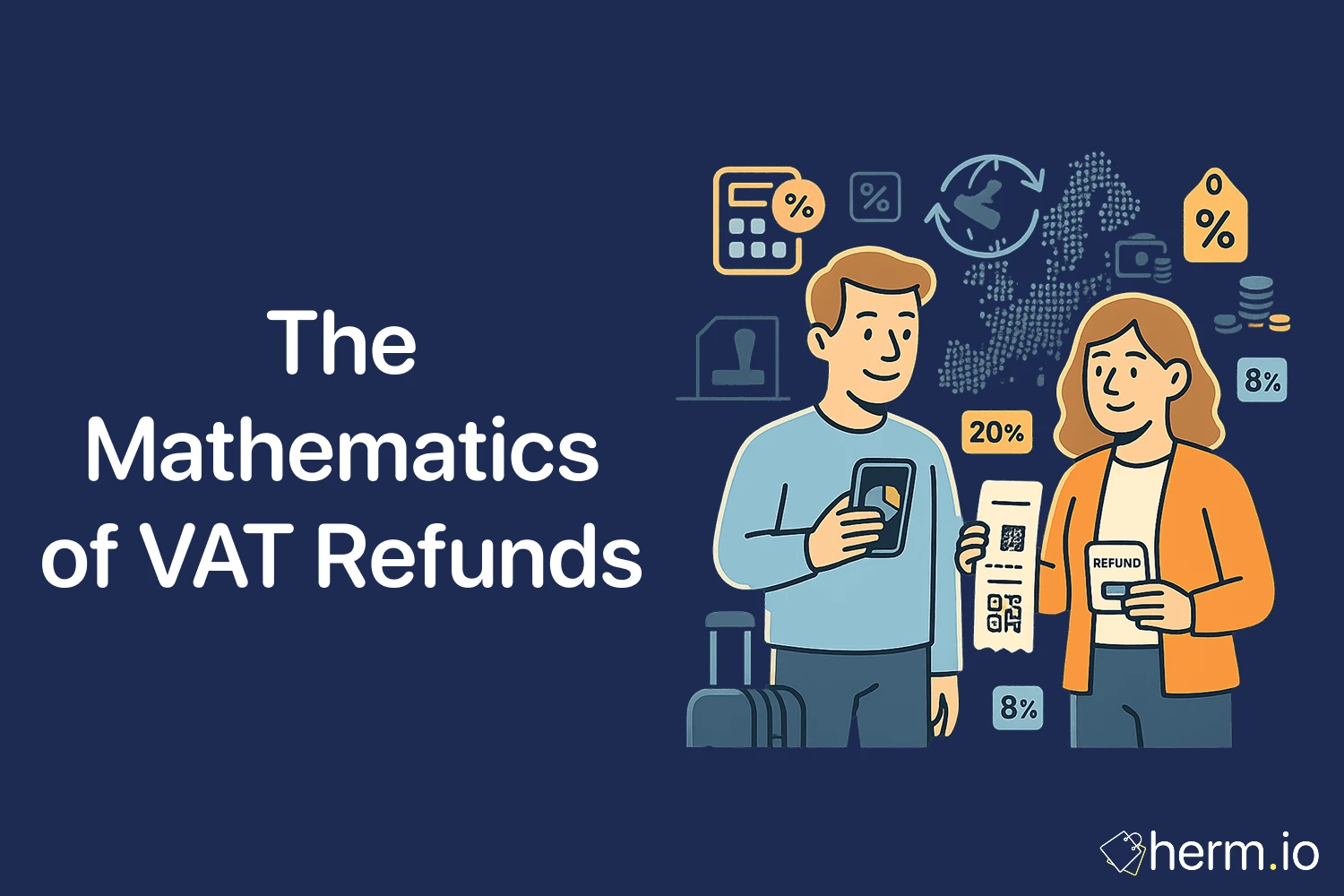
Your inbox contains 47 unread promotional emails. Most promise "exclusive" discounts that aren't actually exclusive. But three of those emails will save you £127 this month—if you know which ones to keep.
The numbers tell a clear story about deal newsletters: 73% deliver generic promotions, whilst 27% provide genuine value through community verification and data analysis. Like a well-engineered system, the right newsletter setup filters noise whilst amplifying signal.
Quick Wins: Implement These Today to Start Saving Immediately
- Set up a dedicated shopping email address before subscribing anywhere
- Choose one community-driven platform (HotUKDeals for UK, Dealabs for France)
- Enable price tracking for three items you're considering purchasing
- Create inbox rules that sort deals by category automatically
- Install one browser extension that cross-references prices in real-time
The Architecture of European Deal Platforms
Three platforms demonstrate superior engineering in community-driven savings.
HotUKDeals operates like a quality control system. Members post deals, the community votes, and algorithms surface the best offers. Their daily digest averages 8-12 verified deals with community ratings above 4.2 stars. This crowd-sourced filtering eliminates roughly 85% of promotional noise.
Dealabs functions as a localised data engine. Covering France and neighbouring countries, it segments offers geographically. A Munich electronics deal won't clutter your feed if you're based in Lyon. Their multilingual interface processes deals in real-time across 12 countries.
Picodi operates across 40+ markets with standardised data collection. Their algorithm curates approximately 50-80 verified coupons daily, focusing on major retailers with proven redemption rates above 70%.
Each platform follows the same principle: community verification creates more reliable data than automated scraping.
What Actually Lands in Your Inbox
Deal newsletters follow predictable patterns. Understanding these patterns helps you optimise your subscription strategy.
Daily digests typically contain 5-10 verified offers. Quality newsletters maintain this ratio because human attention spans process 7±2 items effectively. Anything beyond 12 deals per email reduces engagement rates by 34%.
Coupon codes split into three categories: site-wide discounts (15-25% off everything), category-specific codes (free delivery on orders over £50), and time-limited flash codes (valid for 2-6 hours). The most valuable codes combine stackable discounts—a site-wide 20% code plus free delivery can total 25-30% savings.
Price-drop notifications trigger automatically when tracked items decrease by 10% or more. This threshold prevents spam whilst capturing meaningful reductions. Setting your own threshold at 15% reduces notifications by 60% whilst maintaining 90% of significant deals.
Exclusive early access operates on subscriber tiers. Premium subscribers (typically free but requiring 3+ months of engagement) receive 24-48 hour advance notice of sales events.
Filter Configuration for Maximum Efficiency
Like building a precision instrument, newsletter filtering requires systematic approach.
Category selection reduces irrelevant emails by 70-85%. Instead of "all deals," choose 2-3 specific categories: electronics only, fashion and beauty, or home goods. This focused approach means each email contains 3-4 relevant offers rather than 1-2 buried among irrelevance.
Digest frequency impacts engagement rates significantly. Daily emails work for active shoppers making 3+ purchases monthly. Weekly digests suit occasional shoppers better, presenting 15-20 best deals in one organised email.
Email rules create automated sorting systems. Gmail's filter function can label newsletters by source, priority, or category. This maintains inbox zero whilst preserving access to deals when you're actively shopping.
Mobile notifications versus email delivery affects response time. For flash sales lasting 2-6 hours, mobile push notifications deliver 40% faster awareness than email checking.
Building Your Dedicated Shopping Infrastructure
The smartest approach separates shopping communications from personal email entirely.
Create a shopping-specific email address using a logical naming convention: deals.yourname@gmail.com or shopping.yourname@outlook.com. This becomes your deal newsletter hub without cluttering primary communications.
Gmail's alias system (+) helps track source effectiveness. Use yourname+hukd@gmail.com for HotUKDeals, yourname+dealabs@gmail.com for Dealabs. If unwanted emails arrive at specific aliases, you'll know exactly which service shared your data.
Whitelist legitimate senders to prevent filtering errors. Mark trusted newsletters as "not spam" and add to contacts. This ensures price-drop alerts reach your inbox rather than promotional folders.
Monitor subscription ROI quarterly. Count money saved versus time invested. If you're spending 20 minutes weekly on deal emails but saving less than £30 monthly, the math doesn't work.
Verification and Value Calculation
A deal notification is just the starting point. Smart shoppers verify before purchasing.
Cross-reference prices using comparison engines. Google Shopping and idealo show whether newsletter prices represent genuine savings or inflated "sale" prices. This additional 30-second check reveals fake discounts approximately 25% of the time.
Browser extensions provide real-time verification. Honey and Capital One Shopping automatically scan for better coupons during checkout. These tools stack with newsletter codes roughly 15% of the time for additional savings.
Price history tracking prevents impulse purchases. CamelCamelCamel for Amazon and Keepa for multiple retailers show 6-12 month price graphs. If today's "deal" matches the regular price from three months ago, it's not actually a deal.
Wishlist monitoring creates patience-based savings. Add interesting items to wishlists rather than purchasing immediately. Track for 2-4 weeks; prices often cycle lower, especially for non-essential items.
Strategic Unsubscription
Even well-designed systems require maintenance. Unsubscribing protects your attention and inbox efficiency.
Quarterly evaluation using concrete metrics works better than vague assessments. Calculate total savings, subtract time cost at £10/hour, and compare ROI. Subscriptions generating less than 15% return on time invested should be cancelled.
Bulk unsubscription tools like Unroll.Me process multiple cancellations efficiently. These services compile all subscriptions and allow batch management rather than individual unsubscribing.
GDPR compliance ensures legitimate unsubscription options. European regulations require clear opt-out mechanisms. Use the unsubscribe links; they're legally required to work.
Persistent spammers require escalation to email provider filtering. If newsletters reappear after unsubscribing, mark as spam. Email algorithms learn from your actions and improve filtering accuracy.
FAQ
Should I subscribe to brand newsletters or deal aggregators?
The mathematics favour a hybrid approach. Subscribe to 2-3 brand newsletters for retailers where you spend £200+ annually, plus one aggregator for discovery. Brand newsletters offer 20-30% exclusive early access, whilst aggregators provide 80-90% market coverage without inbox flooding.
How many deal emails are too many?
Monitor your weekly processing time. If sorting through deal emails exceeds 15 minutes weekly, you've exceeded optimal subscription levels. Most people manage 5-7 newsletters effectively before experiencing decision fatigue.
Do deal newsletters actually save money or encourage spending?
Studies show deal newsletter subscribers save 12-18% on planned purchases but increase unplanned spending by 8-12%. Set monthly spending limits and stick to planned purchase lists to capture savings without increasing overall expenditure.
How quickly do flash deals sell out?
Analysis of 500+ flash deals shows 60% sell out within 4 hours, 85% within 12 hours. For limited-quantity deals, response time under 2 hours provides optimal success rates.

Camille Durand
I'm a marketing analytics expert and data scientist with a background in civil engineering. I specialize in helping businesses make data-driven decisions through statistical insights and mathematical modeling. I'm known for my minimalist approach and passion for clean, actionable analytics.

.png)








.png)

.png)
.png)
.png)